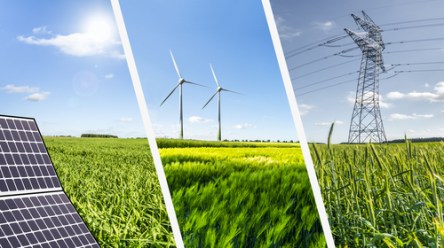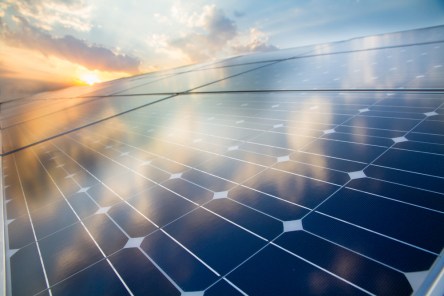The U.S. Energy Information Administration distributes information on energy-related trends and milestones. Here’s a sampling of recent postings from the EIA’s Today in Energy news and information resource. Renewables on the rise The EIA projects that electricity generation from renewable sources such as wind and solar will surpass nuclear and coal by 2021 and natural gas in 2045. Most of the growth in renewable electricity generation comes from wind and solar, which account for about half of renewable generation today. These technologies will account for nearly 80% of the renewable total in 2050. New wind capacity is expected to continue at much lower levels after production tax credits expire in the early 2020s. Growth in solar photovoltaic (PV) capacity will continue for both utility-scale and small-scale applications through 2050 because of declining PV costs. In April 2019, U.S. monthly electricity generation from renewable sources exceeded coal-fired generation for the first time. Wind blows by hydro In 2019, annual wind generation exceeded hydroelectric generation as the top renewable source of energy generation in the U.S. for the first time. Wind generation totaled 300 million megawatthours (MWh) in 2019, exceeding hydroelectric generation by 26 million MWh. Energy consumption heats up World energy consumption will grow nearly 50% by 2050, with the growth focused in regions where strong economic growth is driving demand, particularly Asia. The industrial sector, including refining, mining, manufacturing, agriculture and construction, will account for more than half of end-use energy consumption through 2050, by which time global industrial energy consumption will reach about 315 quadrillion British thermal units (Btu). Transportation energy consumption is slated to increase nearly 40% by 2050 and is largely driven by developing countries with non-market economies. Energy consumed in the buildings sector, which includes residential and commercial structures, is...
Super Solar
Harnessing sun power
There is really only one renewable energy source that can power the whole planet —solar energy. The sun’s energy can power the earth many times over. We’re all familiar with solar technology’s limitless potential, but have yet to actualize its true capability. One of the main hurdles with solar technology is where to put it, as the places where we most need power are lacking space for the big, heavy panels. Silicon Valley startup Ubiquitous Energy, a company spun off by researchers at Massachusetts Institute of Technology and Michigan State University, believes they’ve found the solution—a new type of technology that could span from industrial applications to consumer devices and handheld gadgets—cell phones and tablets that never run out of battery life. Sounds like fantasy, doesn’t it? Until now, solar cells have been only partially transparent and usually a bit tinted, but the startup’s transparent solar cells are so clear that they’re practically indistinguishable from normal panes of glass. Transparent solar is something taught in elementary school: the sun transmits energy in the form of invisible ultraviolet and infrared light, as well as visible light. A solar cell that is engineered to only capture light from the invisible ends of the spectrum, will allow all other light to pass through—thus, it will appear transparent. “It opens a lot of area to deploy solar energy in a non-intrusive way,” Richard Lunt, co-founder of Ubiquitous Energy, said in an interview with Michigan State’s Today blog. “It can be used on tall buildings with lots of windows or any kind of mobile device that demands high aesthetic quality like a phone or e-reader. Ultimately we want to make solar harvesting surfaces that you do not even know are there.” The secret to creating such material is organic chemistry....


